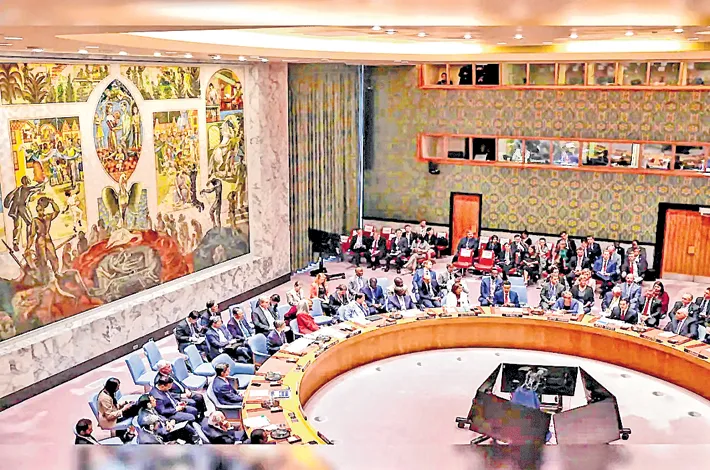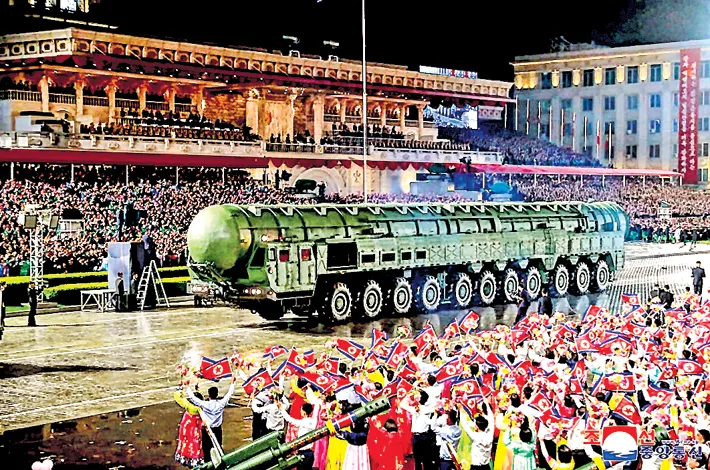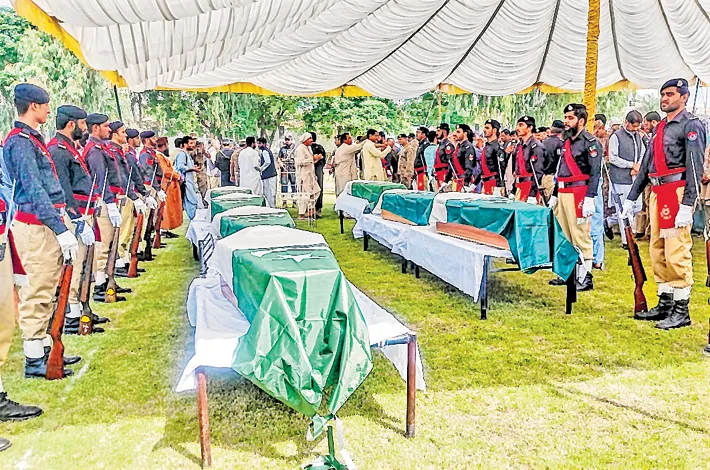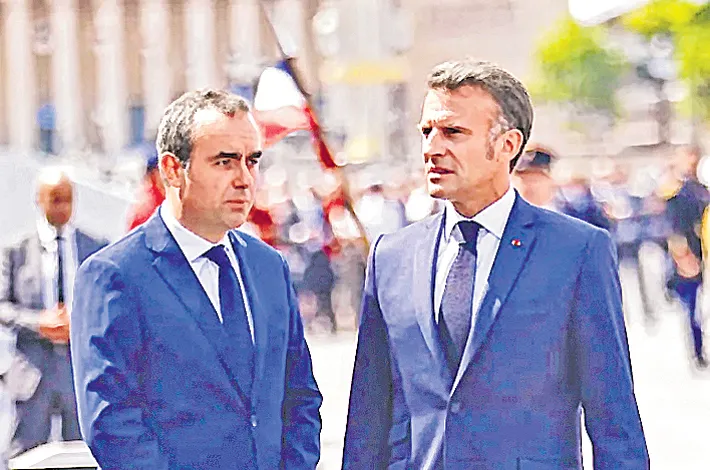Return to remains
12-10-2025 12:00:00 AM
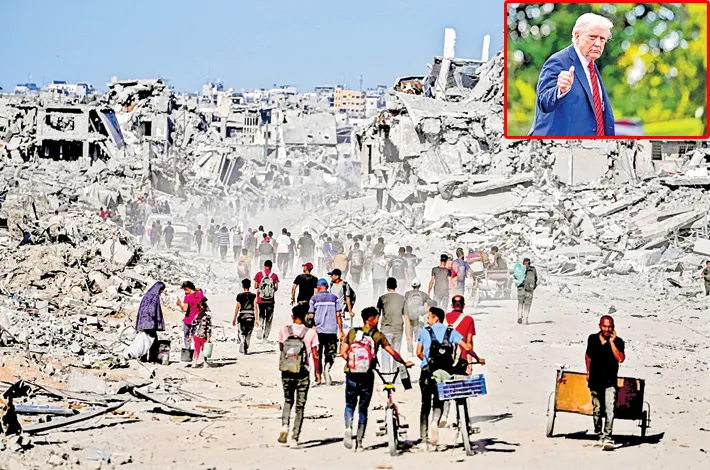
Thousands of Palestinians return to what’s left of their homes as Gaza ceasefire takes effect
Tens of thousands of Palestinians headed back to the heavily destroyed northern Gaza Strip on Friday as a US-brokered ceasefire came into effect in a deal that raised hopes for ending the Israel-Hamas war. All the remaining hostages were set to be released within days.
Questions remain over who will govern Gaza as Israeli troops gradually pull back and whether Hamas will disarm, as called for in US President Donald Trump's ceasefire plan. Prime Minister Benjamin Netanyahu, who unilaterally ended a ceasefire in March, hinted that Israel might renew its offensive if Hamas does not give up its weapons.
Netanyahu said in a televised statement on Friday that the next stages would see Hamas disarm and Gaza demilitarised.
"If this is achieved the easy way - so be it. If not - it will be achieved the hard way," Netanyahu said. The Israeli military has said it will continue to operate defensively from the roughly 50% of Gaza it still controls after pulling back to agreed-upon lines.
Aid shipments to begin Sunday
Meanwhile, the United Nations was given the green light by Israel to begin delivering scaled-up aid into Gaza starting Sunday, a UN official said. The official spoke on the condition of anonymity to discuss details not yet made public.
The aid shipments are meant to address severe malnutrition and famine conditions triggered by Israeli offensives and restrictions on humanitarian help. The International Criminal Court is seeking the arrest of Netanyahu and his former defence minister for allegedly using starvation as a method of war. Israeli officials deny the accusations.
UN officials and Israeli authorities have engaged in a series of discussions in Jerusalem over the last 24 hours about the volume of aid humanitarian organisations can bring in and through which entry points.
UN spokesperson Stephane Dujarric told reporters Friday that fuel, medical supplies and other critical materials have started flowing through the Kerem Shalom crossing.
People on the move
A steady stream of people, the vast majority on foot, crammed onto a coastal road in the central Gaza Strip, heading north to see what might remain of their homes. It was a repeat of emotional scenes from an earlier ceasefire in January. Others headed to different parts of the Palestinian territory in the south.
The destruction they find this time will be even greater, after Israel waged a new offensive in Gaza City, in the north, in recent weeks. The military bombed high-rises and blew up homes in what it said was an attempt to destroy Hamas' remaining military infrastructure.
Palestinians have expressed relief that the war may end, tempered with concern about the future and lingering pain from the staggering death and destruction.
Trump to visit Israel, Egypt as Gaza deal secures release of hostages
US President Donald Trump on Friday hailed the recently approved Gaza ceasefire and hostage release agreement as a "great deal for everybody," announcing upcoming visits to Israel and Egypt. The agreement, which secures the release of hostages and the return of approximately 28 bodies, was approved by the Israeli government, marking "phase one" of the US-brokered peace plan. Speaking at the White House, Trump confirmed that the living hostages would be released on Monday and described the deal as a significant step toward peace in the Middle East.
He expressed optimism for Gaza's rebuilding, stating that wealthy regional countries could fund the effort. During his trip, the President plans to address the Knesset in Israel. The Israeli government, with Prime Minister Benjamin Netanyahu presiding, had voted in favor of the deal. Netanyahu’s office announced the approval for the release of "all the hostages - the living and the dead." Hamas' chief negotiator, Khalil al-Hayya, also affirmed guarantees from the US that the agreement's first phase signaled the war in Gaza "has ended completely."





